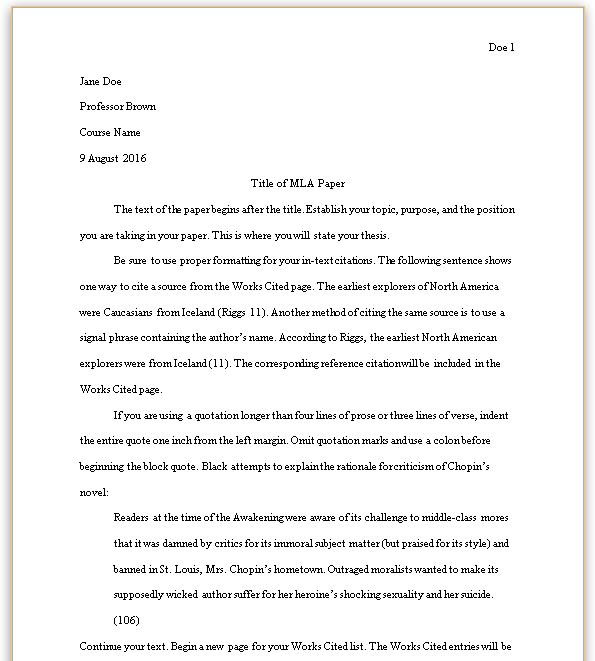Please summarize and explain the correspondence and the coherence theories of truth. How do the different philosophers mentioned in our book present and defend each theory?
Which theory, if either, do you think does a better job of explaining what we mean when we say that a statement is true?
Correspondence Theory of Truth
The correspondence theory asserts that a statement is true if it corresponds to or reflects reality. This theory holds that truth is an agreement between propositions and the facts or states of affairs they describe. For example, the statement “The sky is blue” is true if, in reality, the sky is indeed blue.
Philosophical Defenses:
- Aristotle: Often regarded as one of the earliest proponents of this theory, Aristotle stated, “To say what is that it is not, or what is not that it is, is false, while to say what is that it is, and what is not that it is not, is true.”
- Bertrand Russell: In the 20th century, Russell expanded on the idea by emphasizing the connection between language, thought, and the world, arguing that truth hinges on correspondence to facts.
- John Searle: Searle further supported this view, claiming that statements are true if they map accurately onto observable reality.
Critics of the correspondence theory often argue that it oversimplifies the complex relationship between language and the world, especially in cases of abstract concepts or subjective experiences.
Coherence Theory of Truth
The coherence theory posits that a statement is true if it fits logically and consistently within a system of beliefs or propositions. Instead of relying on an external reality, this theory evaluates truth based on internal consistency and mutual support among beliefs.
Philosophical Defenses:
- G.W.F. Hegel: Hegel viewed truth as a property of the whole system of thought, emphasizing the interconnectedness of ideas and rejecting the notion that isolated statements could correspond to reality in a meaningful way.
- Harold Joachim: A defender of this view in the early 20th century, Joachim argued that truth emerges from the coherence of all relevant propositions within a system of thought.
- Brand Blanshard: Blanshard expanded on this, contending that coherence is the only test of truth because reality itself is a coherent structure.
Critics of the coherence theory point out that a system of beliefs can be internally consistent yet entirely detached from reality, such as in fictional worlds or delusional thinking.
Comparing the Theories
Each theory has strengths and weaknesses. The correspondence theory is grounded in empirical reality, making it intuitively appealing for scientific and factual claims. However, it struggles with abstract or subjective truths, like those found in ethics or art.
The coherence theory, on the other hand, is more accommodating of complex, theoretical, or normative ideas, as it emphasizes the logical interrelation of beliefs. Yet, it risks allowing for “truths” that are consistent within a system but lack any connection to reality.
Which Theory Better Explains Truth?
The choice between these theories depends on the context of the truth claims. The correspondence theory often seems more practical and concrete, especially for empirical and factual claims, as it ties truth directly to observable reality. However, the coherence theory provides a valuable framework for evaluating the truth of abstract, theoretical, or systemic ideas, where external correspondence might be less clear.
In my view, the correspondence theory does a better job overall of explaining what we mean when we say a statement is true, as it ties truth to an independent reality, which aligns with our intuitive understanding of the concept. However, the coherence theory offers essential insights for areas where truth is less tangible or direct, complementing the correspondence approach in specific domains.


